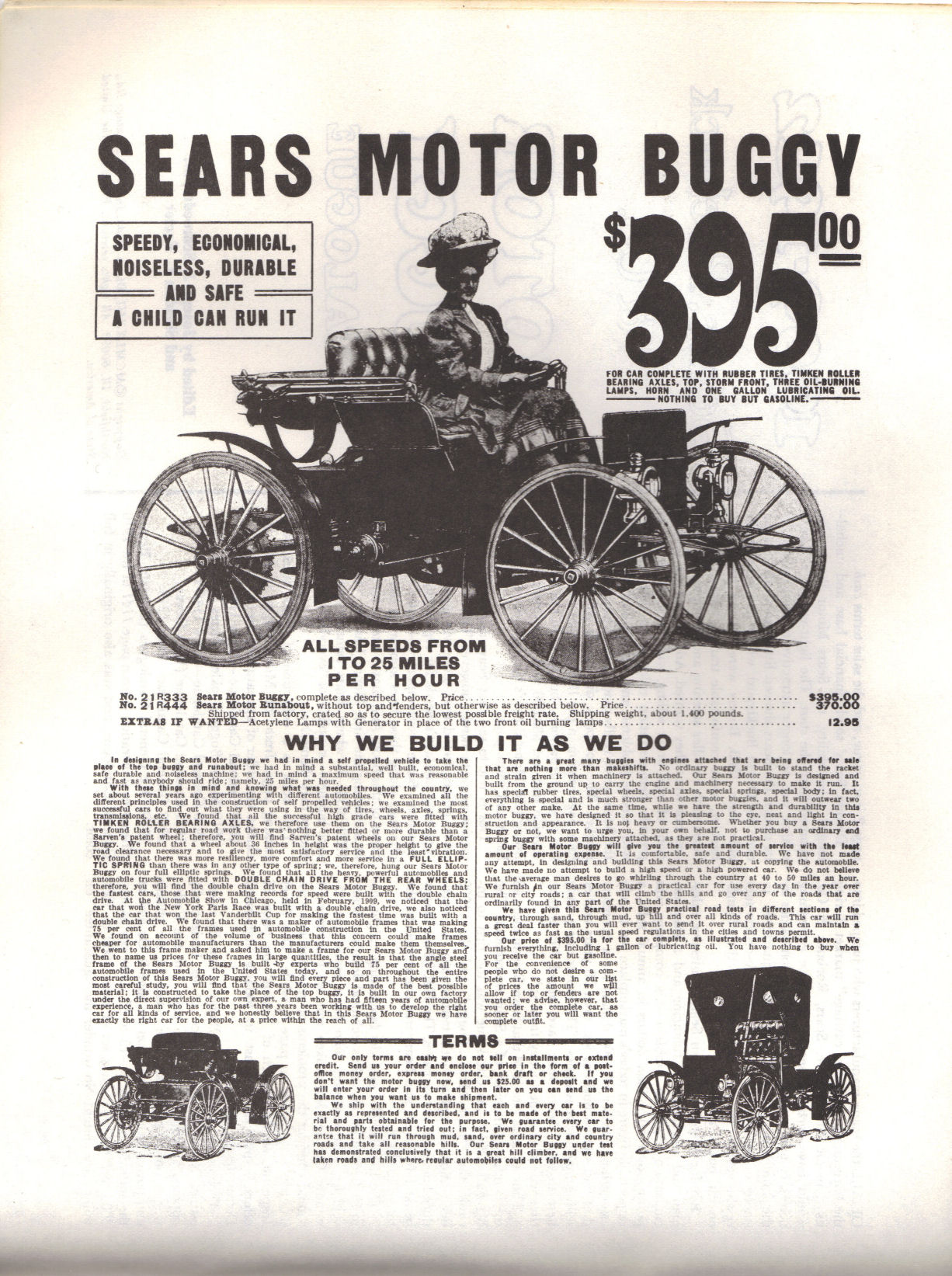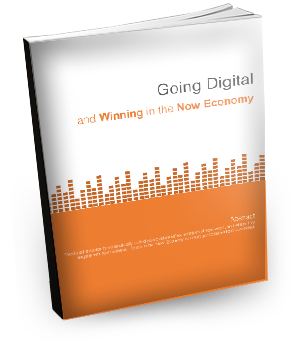Just like Darwin’s finches developed beaks that were precisely suited to the food around them, companies in the digital age need to adapt to the environment of consumer expectations and evolving app ecosystems. Consumers continually interact with constantly changing mobile, social, and cloud channels, and expect increased connectedness and immediacy from the organizations that serve them. As a result, these companies need to evolve to serve a “Now” Economy that demands instant or near-instant gratification from a variety of services – in far less time than Darwin’s finches had to adapt.
This level of instant gratification required in the “Now” Economy requires remarkable coordination between different moving parts, from mobile apps to inventory systems. Companies that are able to evolve quickly (faster than finches) and deliver on the promise of the “Now” Economy by bringing together the right elements stand poised to reap significant rewards, while those that can’t adapt with ease may find themselves going the way of the dodo.
A few select companies are notable for creating new ways to merge digital and physical interactions to feed the need for getting things now. In this blog post, we look at two companies that have mastered the “Now” Economy and what their success can teach the rest of us as we seek to fly the way of the finch.
Amazon – Access Anything, Instantly

Anyone born at the early end of the Millennial generation or before undoubtedly remembers ordering from catalogs. We may have perused the pages of the Sears catalog for lawn mowers, or begged our parents for trendy flared corduroy pants from Delia’s (guilty). The process was simple, if slow: fill out a form, send it in the mail, and wait a few weeks for the items to appear. The anticipation was sometimes pleasant, but the days of catalogs are long gone and it’s no longer necessary to wait even a day for anything the heart desires.
To satisfy customers’ hunger for instant gratification, e-commerce behemoth Amazon has not only introduced two-day delivery for Prime members, but also experimented with same-day and even one-hour delivery in certain locations. Getting products to people within hours requires careful coordination between supply and demand. To make this happen, Amazon orchestrates its inventory data, shipping and fulfillment systems, and online offers so that users are never able to order something they can’t get in an hour (if that’s when they want it).
Even as Amazon’s speed has helped it capture significant market share (and even, more recently, profits), it’s preyed on competitors like Circuit City and Borders Bookstore, which filed for bankruptcy and were sold off in 2008 because of overdependence on physical stores and an inability to go digital. The rapid fall of these former players underscores the need to adapt to the “Now” Economy fast, a need reflected by over 52 percent of the Fortune 500 disappearing in 15 years.
Uber – Driving Superior Experiences
Cabs, like catalogs, have been around for decades, complete with frustrations like the difficulty of hailing a cab (especially in the rain) and drivers who don’t know where they’re going (or worse, lead passengers astray on expensive, circuitous routes). Now, Uber has made it much easier not so much to take a cab – but to have a better experience because you know exactly when the car will arrive, and can verify that your driver is on the right route. This seamless experience, a delight for end users of Uber, involves a great deal of complex orchestration: matching drivers with requests by location, enabling drivers and passengers to communicate easily, and passing on destination data to drivers.
Transforming transportation frustrations has already made Uber a super-unicorn, but the company’s growing emphasis on logistics suggests it may be aiming to beat even Amazon when it comes to sending people where they want to go or what they want to have, right when they want it. Uber deeply understands the importance of immediate gratification and meets consumers’ need to know now, something that traditional cab companies still struggle to do – because they lack an integrated network of information about where their cabs and customers are.
Whether it’s Amazon tracking a package in transit or Uber providing real-time updates on a black car’s location, the orchestration required to satisfy today’s consumer is continually growing more intricate. Digital Darwinism and the “Now” Economy are already killing off old companies that can’t adapt to the modern combination of mobile, social, and cloud that fuels everyday life and business alike, and companies need to follow Amazon and Uber’s lead and integrate integral systems.

For more on what the “Now” Economy entails and how your organization can join it, check out this in-depth ebook we’ve put together with useful tips for evolving your business:



